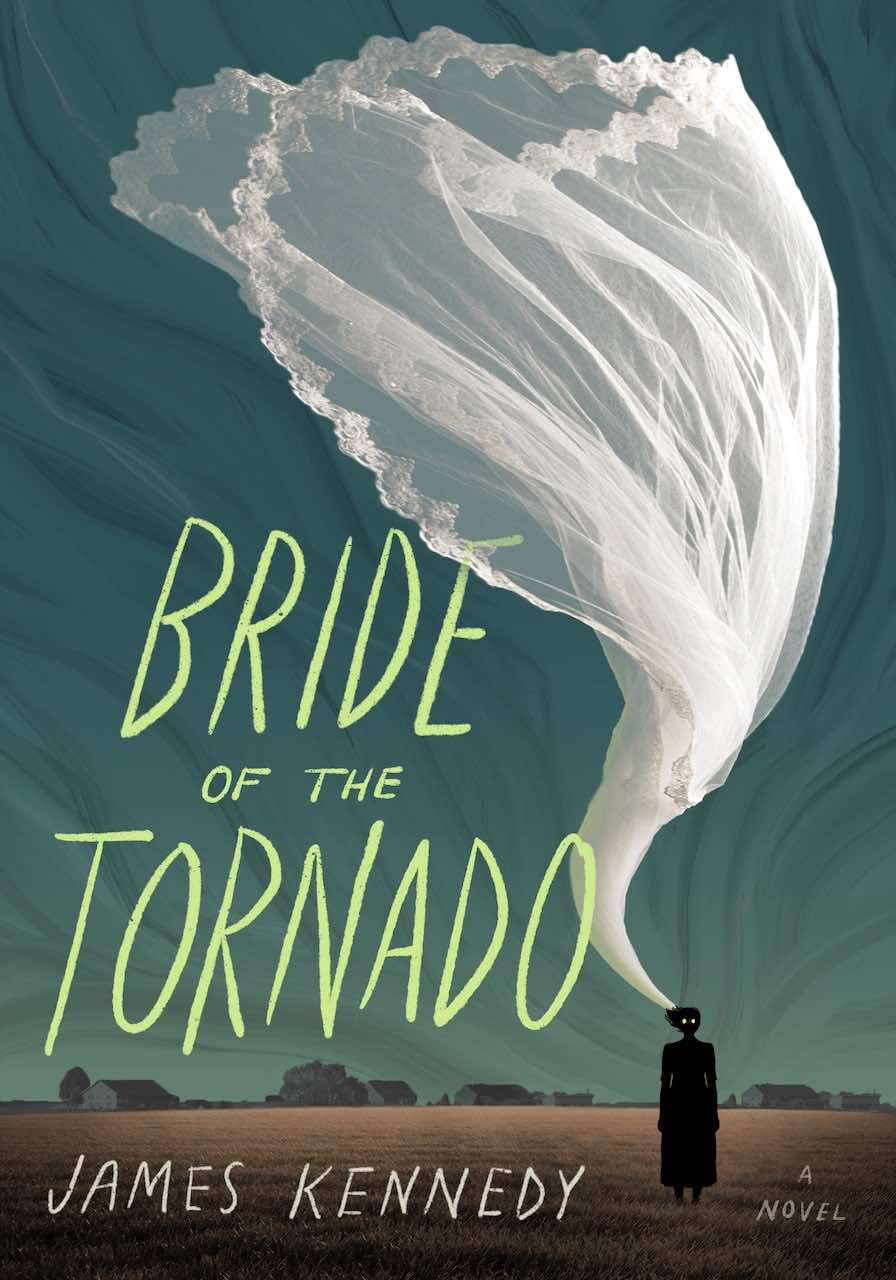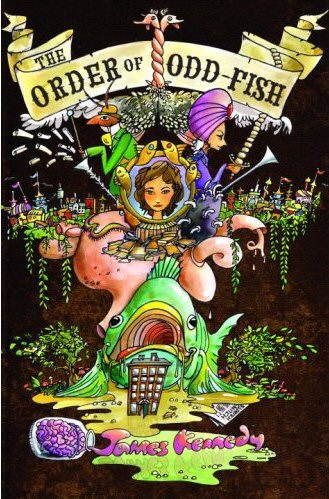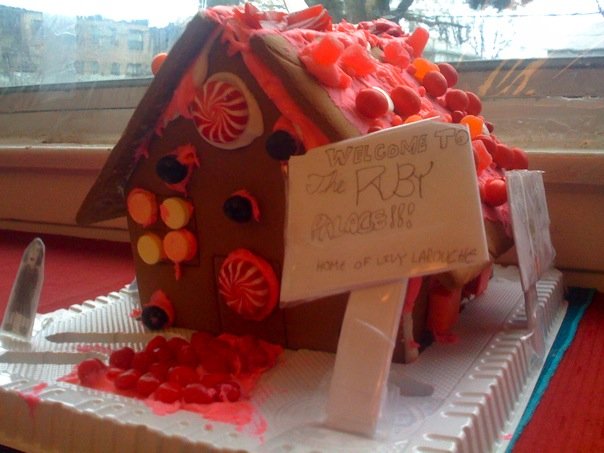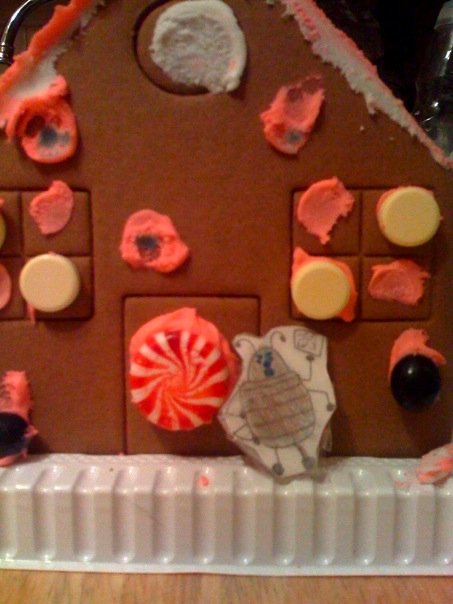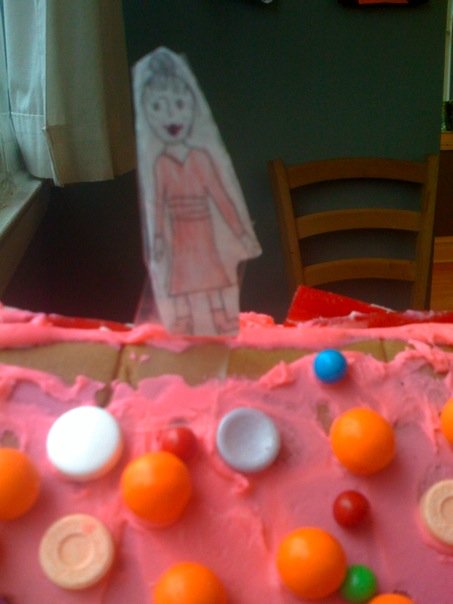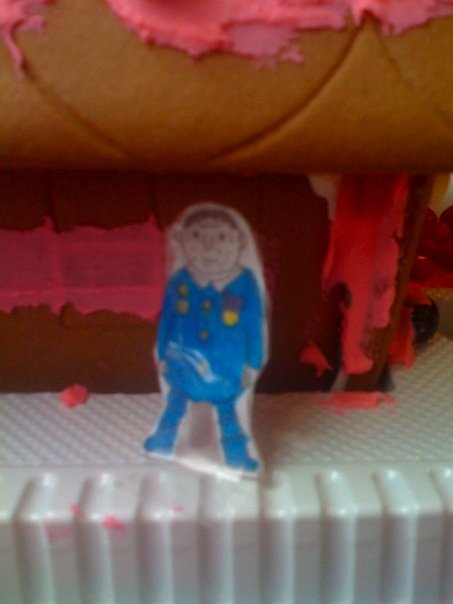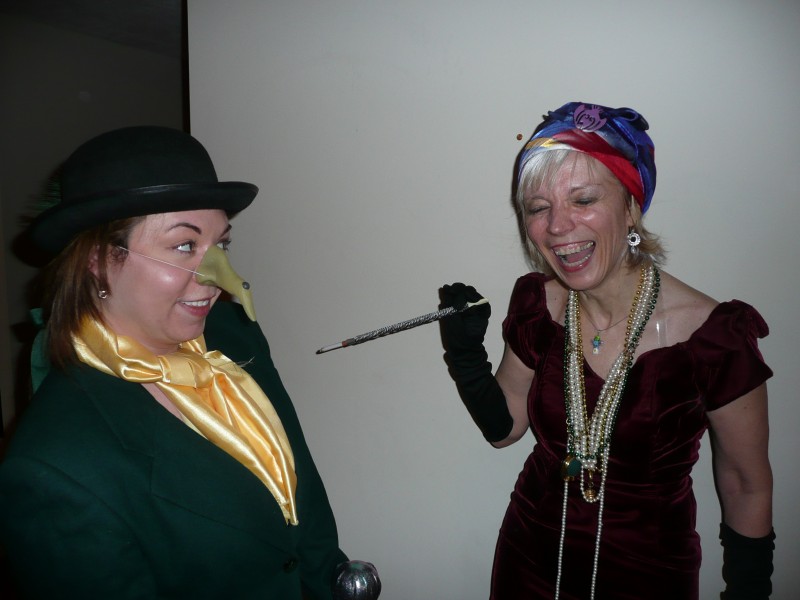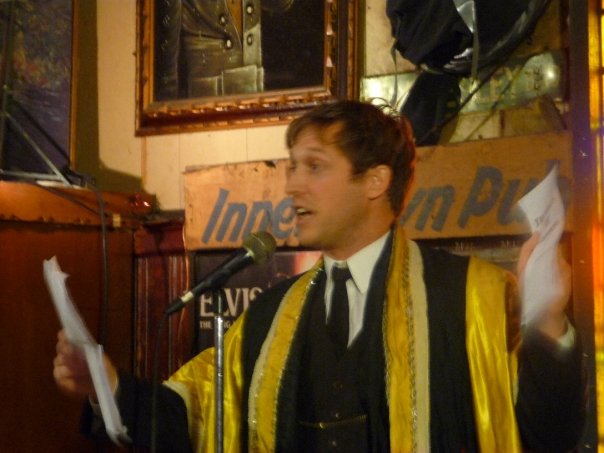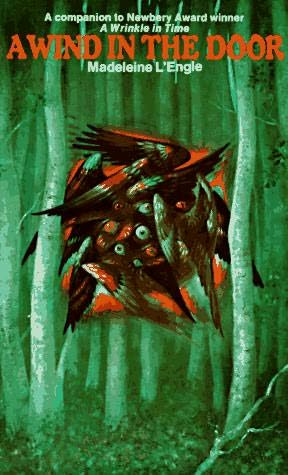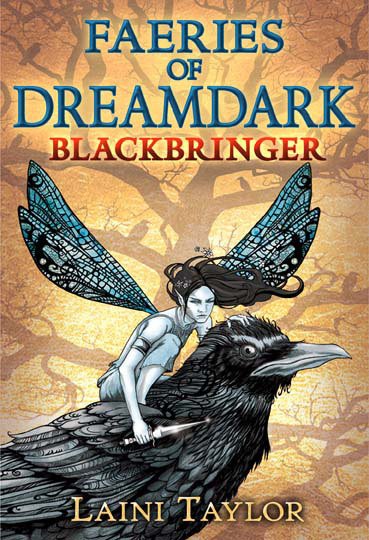Our New Yorker cartoon game
Alert! I have a short story in the Chicago Reader this week! It’s called “The Most Dangerous Beard In Town” and it’s whimsically illustrated by the very talented Jeremy Russnak.
Today, against my better instincts, I’d like to share with you a game I made up — or rather, an experiment. (If someone thought of this before me, I haven’t heard of it.)
If you’re like me, you regard the New Yorker cartoons with mild exasperation. Yes, some are funny, but too many are precious, random, instantly dated, or eye-rollingly New-York-y.
I wondered if cartoons of comparable quality could be generated by an algorithm. That is: might a random pile of cartoons, matched willy-nilly with a random pile of captions, stand a chance of being just as funny?
So I came up with a game for five or six people. Everyone sketches two New Yorker-style cartoons (with no caption) and writes two New Yorker-style captions (with no cartoon). Don’t show your work, and don’t try to make your cartoon and caption match. Mix the cartoons together in a hat. Mix up the captions in another hat. Then go around the table, randomly drawing out from each hat a picture and a caption. The resulting combination is your cartoon!
The results are more frequently passable than you might expect. I played this with family and friends over the summer a couple times, and also at Christmas. Here’s some results:

|
I feels this nails the head-scratching atmosphere of a New Yorker cartoon. It seems like it should be funny, there’s probably someone who could explain to you why it’s funny, but it’s just puzzling.
It’s unlikely you’ll get a really funny cartoon purely by random. But sometimes you hit the jackpot:

|
Over time we’ve deduced heuristics for cartoon-drawing. For instance, it’s good practice to include a character with their mouth open, so it’s clear who is speaking the caption. Also, instantly dated references to politics are unexpectedly good.

|
Absolutely mystifying, and thus New Yorker gold. That sound you hear? David Remnick furiously emailing me for more. But, my dear David, I’m quite unnecessary. All you need are some slightly tipsy friends and the laws of probability.

|
Really, that caption might have fit any picture. But sometimes the randomly-chosen picture and the randomly-chosen caption fit together with a startling coincidence:

|
In the Critique of Judgment Kant defines laughter as “an affection arising from the sudden transformation of a strained expectation into nothing.” But in the above cartoon, Kant is refuted! The cartoon has all the necessary trappings of a joke; at a casual glance it seems like it must be a joke; but as soon as one looks closely — poof! One is left with nothing but empty air . . . and the only laugh is a nervous one, anxious that you’re not getting it.

|
Me: 2, Kant: 0

|
If enough players put talking animals in the hat, and enough people put “urbane banter” in the other hat, you can’t lose. This one would work equally well with the “post-ironic” or “iPhone” captions. Which only proves my point.

|
Biting social commentary? The reasoning mind is brought to a gentle halt.

|
I don’t know what the above cartoon means, and I don’t care. Somehow it is mathematically perfect.

|
A pointless update of the old classic. The ratio of “it seems like a joke” to “hey wait, there’s no joke” approaches unity!

|
This one almost makes sense. Or is this an old “Fred Basset”? Quick, Elaine, to my archives!

|
Maybe I should’ve taken this advice.








